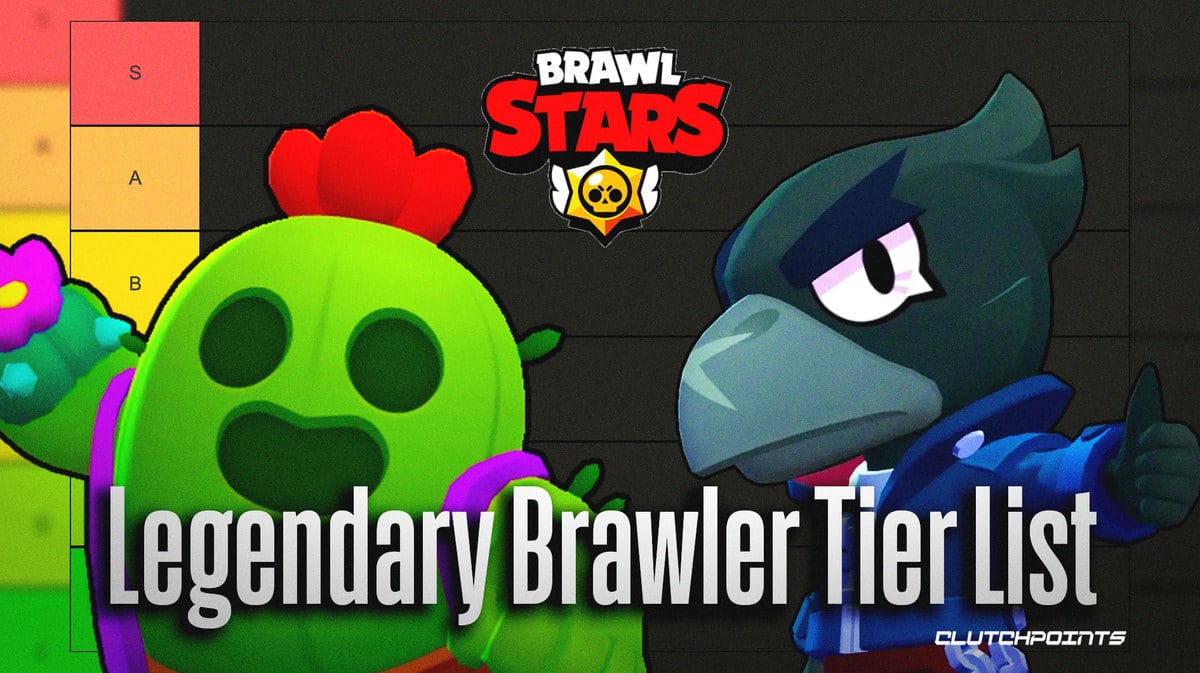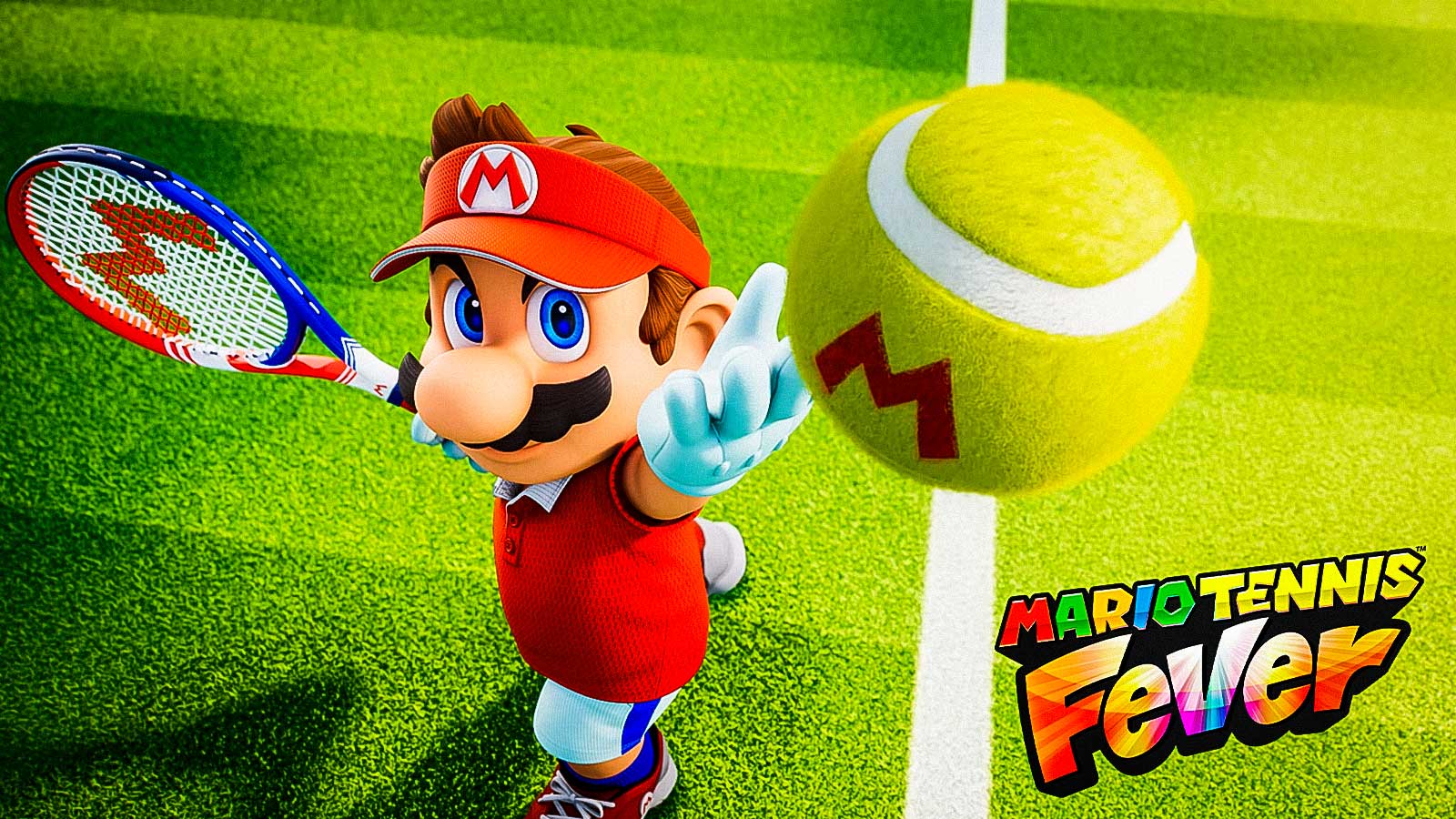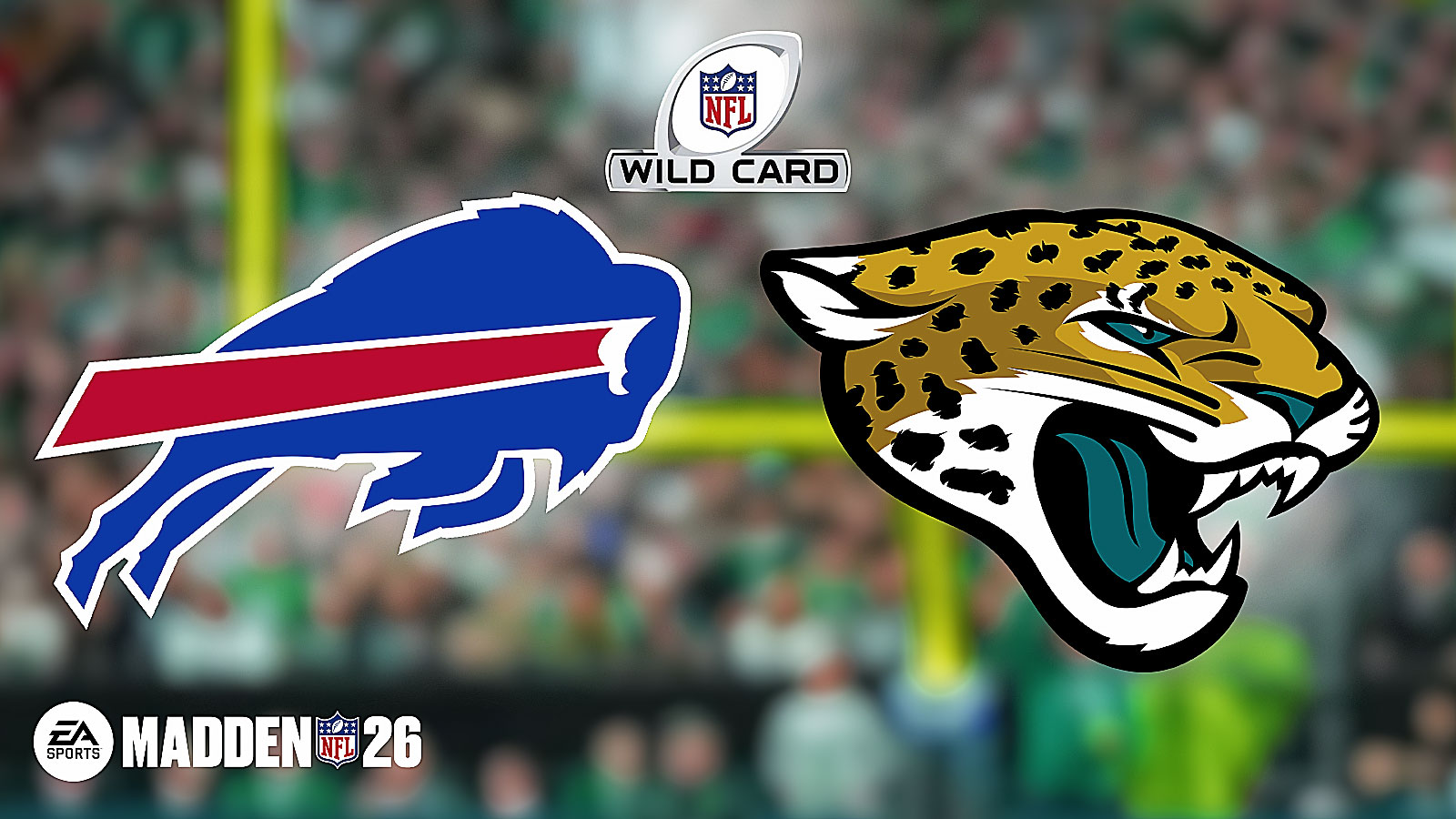BlueTwelve Studios didn't have to spend a lot of resources to make people interested in Stray. It has, after all, a unique but simple premise. Cue “Everybody Wants To Be A Cat” from “Aristocats.” Almost anyone who has an ounce of fluff in their heart immediately became intrigued by the prospect of playing as a cat, and Stray quickly became one of the most desired games of the year, becoming July's most wishlisted game on Steam at the start of the month. But then, the game is being published by Annapurna Interactive, a reputable publisher that has brought a lot of amazing games to players in the past several years, such as Neon White, The Outer Wilds, and The Artful Escape. Match the game's adorable elevator pitch and the expertise and reputation of its publisher, and you get a game that would capture many people's attention. But is Stray worth the hype? Would the game actually be enjoyable to all sorts of audiences – from cat lovers to action-adventure fans? We'll help you learn the answer here in our Stray Review so that you'd know if you should play Stray.
Stray Review: What is Stray?
Stray is an immersive action-adventure game with environmental puzzles, platforming, and stealth elements. In Stray, players take control of a stray cat that has been separated from his clowder. He then finds himself in a cyber undercity that has not seen humans for a long time and has since become a society of robots. The robots in this game have developed sentience, and each of the robot characters you'll meet in this game has its own personality and would react to the cat in different ways. There are hostile robots in the game that are involved in the game's stealth sequences, and organic bug-like beings called Zurks infest the undercity that pose a threat to you and the other inhabitants of the undercity, who drive the more action-oriented and some of the most intense moments of the game.
Stray's appeal comes mainly from the fact that you play as a cat. Sure, exploring a post-apocalyptic, post-human, cyberpunk-esque city with a robot society is also an exciting aspect of the game. But that only comes second to the fact that you play as a cat. In that aspect, BlueTwelve Studios did a pretty great job in making players feel like they are a cat. I can't believe I'm saying this, but Stray immerses you so much that you do feel like you're a cat. There's a dedicated button for meowing, you can scratch at posts and fabrics, and even push objects down the edge of surfaces like most cats do. There's a lot of attention to detail in the game that both cat owners and regular players alike would recognize these behaviors and acknowledge that hey, cats do actually act like these. You can nap in all sorts of places, snuggle with the robots and nuzzle against their legs, and do all sorts of other simple things that the game allows you to do that are consistent with real-world cat behavior.
But what really sells the immersion is just how accurately BlueTwelve Studios rendered their lead character – the cat. The lead cat is mostly modeled after the personal cat of BlueTwelve Studios' cofounders – Murtaugh. The cat's look and behavior are primarily based on Murtaugh and the entire concept of Stray is inspired by this cat. But also, BlueTwelve's staff is full of cat owners, and each one contributed to the game with their own experiences with their feline friends, which gives the game a very bespoke, friendly, familiar, and warm feel. Albeit the cat is an orange tabby in the game, the fact that Stray's main character doesn't have a name allows for cat lovers to self-insert their cat into the story, making it easy for players to get heavily invested in Stray's story – which we'll discuss more in detail later in the game.
Gameplay

Stray's gameplay is fairly simple and straightforward. As an action-adventure game with 3D platforming, you control the cat with the left stick and the camera with the right stick. Holding the right trigger button will make the cat sprint infinitely with no worries about stamina. When applicable, the player can interact with the game world with the 🔺 / Y button, and speak with NPC with the 🟧 / X. When the cat can leap or jump towards a platform, or jump over obstacles, a prompt will appear, and pressing ❌ / A will allow the cat to jump. Interestingly, the 🔵 / B button is a dedicated button for meowing. Later on in the game, players will be given a weapon, which they can activate using the left bumper button. Pressing the up on the d-pad opens the inventory, and pressing the down button allows players to ask B-12 for advice on what to do next.
Stray's controls are fluid and responsive. The fact that there's a prompt that will appear for contextual interaction gives players a clear visual of what pressing a button will do, avoiding annoying miss-jumps or unintended interactions. It's also simple and easy to learn. If you've played any other video game in the past, it's unlikely that you'll have any trouble figuring out how to play this game at all.
As mentioned above, the game also has environmental puzzles and stealth elements. The game's environmental puzzles have the cat interacting with objects in the environment so that the path will be cleared. One easy example that happens early on in the game is how the cat will have to cross a large gap between two buildings. Nearby, there's a plank of wood leaning against a wall. The solution is to have the cat climb to the roof and push the plank forward so that the cat can use it as a bridge. There's also an instance where the cat will have to throw an empty paint bucket towards a rotating exhaust fan to stop it from spinning, allowing the cat to safely squeeze through the space. These environmental puzzles never get overly complicated, and most of them are convincing enough that a specifically clever cat can actually figure out these solutions on its own.
In terms of stealth, the game has some hostile enemies that serve as guards in certain areas in the game. Stealth involves a simple use of the environment to avoid the line of sight of these guards, which mostly involves having to hide behind cover, or hiding inside packaging boxes to avoid contact. When discovered, these guards will go through three alert levels – from blue (vigilant) to yellow (investigating) to red (hostile). Staying within these guards' line of sight while they're in their hostile state will lead to the guards shooting laser blasts at the cat, which could, unfortunately, kill you. Thankfully, you can outwit these guards by meowing to get their attention, letting you to temporarily have them look away from where you're supposed to go. Stealth, to be honest, isn't so fleshed out in this game. In fact, any time a guard discovers you, you'd be able to lose their pursuit by simply jumping into a box, hiding away until their alert level falls back to blue. In most areas, you can ignore the guards and just run as fast as you can, leaving them in a trail of dust even before they could react.
Combat in the game is only present in very few levels. In one of the game's middle chapters, you'll get your paws on a weapon that allows you to fight back against the aforementioned Zurks. The weapon has a very short uptime – and overusing the weapon leads it to overheat, making you wait for it to cool down before being ready to blast again. Just like the stealth elements, the game's combat is also very limited. In fact, both the combat and stealth are built in mostly as plot devices, present where it makes sense to have them, but never too obstructive to make you frustrated.
Unlike what many theorized, the game is not an open-world game. Instead, the game consists of different chapters, with each chapter being played in a single, self-contained, albeit spacey, level. Most of these levels have high verticality that works perfectly well with the fact that you're a nimble and acrobatic cat. Upon clearing any of the chapters, you'll be free to revisit any of them from the main menu, allowing you to go back and search for missed collectibles, which the game has quite a number of. For any help in finding these collectibles, check out our Stray Guides.
Story

In Stray, you follow the adventure of a cat that has been separated from his clowder. He gets lost in an unfamiliar place, far from home. This place is also full of threats on top of being unfriendly, as organic bug-like Zurks chase you in hordes, which, you'd learn later, are capable of digesting just about any moving thing, from organic flesh to metal robots. Thankfully, you're a cat that can run very fast, and nimble enough to jump to places and squeeze into spaces where these Zurks can't follow you.
Later, you'd befriend a drone named B-12, who then literally piggybacks on the cat as a passenger on the cat's back through a special backpack. B-12 is looking for his master – a scientist that he used to work with. The problem is his memory is a bit hazy. Both being separated from people dear to them, the two of you agree to work together. B-12 will then serve as the cat's companion – allowing the cat to talk with the robots through the drone's translation app. B-12 is also capable of interfacing with various devices, and together, the two journeys up the undercity to find a way back home.
Central to the themes of Stray is the idea of reaching an impossible goal; accomplishing something that everyone else around you tells you you can't do. B-12 and the cat befriend a group of robots who call themselves the Outsiders. The Outsiders' goal is to reach “The Outside,” a place that all of the robots in the undercity have only ever seen in pictures, and many claim to be just a myth. “The Outside” is located “above,” and so, the cat and B-12 help the Outsiders in their bid to reach “The Outside,” as it coincides with the cat's and B-12's goals to reunite with their loved ones.
The game also explores subthemes such as community, sacrifice, humanity, and sentience, as many of the robots also experience the same existential crises that humans do. It's fun to find different things that robots ended up doing as they evolved human sentience, but be different at the same time. One funny thing I noted was how these robots also developed a sense of time, using clocks that are numbered from one to sixteen instead of one to twelve, and used calendars that had October marked as the eleventh month.
Stray's world-building is coherent and consistent, with the world's story told through environmental clues, through dialog, and through the items you find and interact with. The fantasy aspects of the game also make sense in a way, which has its own playful take on how humans and robots are both alike and different at the same time. There's also enough mystery to go around and have you invested in learning just what's up in this game, making you look into things on your own accord to find out more about this colorful cyber city.
Graphics

Speaking of colorful, Stray is vibrant where it makes sense – in its neon-lit cyberpunk cities; and dark where the light doesn't hit. And in this world, there's no sunlight at all. Stray's highlight, of course, is its adorable cat, and that cat has been fantastically rendered and animated. Meanwhile, the world itself is beautiful and aesthetically pleasing. While the graphics of this game isn't as advanced as other Triple-A games would be, it just hits the right spot between realism and the uncanny valley. It's not exactly Saturday night cartoon, but it's cartoonish enough to make everything feel at home and cozy (yes, even the nasty bugs feel a bit fluffy and could even work as plushies.)
However, the game also knows when to dial up the horror, and at the risk of giving out spoilers, the game's horrific moments are masterfully crafted to provide the maximum amount of creeps.
Truly, BlueTwelve Studios were able to convey the wonder, awe, and horror all at the same time in the single game, through masterful use of visual cues and environmental storytelling. The game is chock-full of detail at every corner that works hand-in-hand with the game's world-building – most of them just so happen to be written in a language that we cannot understand. But the way they are rendered in the game allows players to understand what they are even though we can't understand the words printed on them. And if you're successful in doing that, then you've made a pretty fine job in designing the game's look.
Music and Sound Design

While the game does have a score, the music you hear mostly is cinematic and atmospheric. In most of your exploration, the music is inquisitive and curious. In the chase sequences, it's intense and nerve-wracking. In the stealth sequences, it's suspenseful. The music I figured did really well in immersing you in the game because you mostly don't notice them but still got you into the mood and into the world that you're playing in.
Meanwhile, when you're not out and about getting chased by hostile robots or face-eating bugs, you can chill and hang out with the robot citizens of the undercity. There are establishments with radios and jukeboxes that you can listen to, and even have your little paws change the stations for the music of your choice. The music selection for this one is more experimental – which makes sense for music made by robots – but there are some that really stuck with me and are nice to hum to. Nothing grammy-winning, though, although most of the music is nice to play in the background as white noise.
Finally, something that I really appreciated in the game is a robot named Morusque, who you meet early in the game. He plays the guitar, but doesn't have any music to play (because I presume robots can't learn music by ear), so he asks you to find some for him. So, you go out to collect music sheets, which you can then give to Morusque. Upon receiving them, he'll start playing the songs, which are melodious and relaxing to listen to. There's a soft little pillow beside Morusque, and you can sit there and listen to him play music all day long. You'd also notice that some of the songs he plays are also actually played on the radios and jukeboxes, which is a nice detail that adds more to the world-building.
Accessibility

Unfortunately, Stray is among the amazing games that don't have a lot of accessibility options. While there are options to turn vibration on and off, HUD options for more or less immersion, audio options, and remappable controls, there isn't a lot in the way of difficulty (not that the game is difficult), colorblindness options, alternative controls options, and the ability to skip cutscenes. Yes, you can't skip any of the cutscenes, but none of them last any more than half a minute anyway. There are also no camera mode or color display options or screen filters, either. And most disappointingly, you can't customize the cat to make it look like your very own feline in real life, which is a bummer and might result in some varied reactions from players.
Still, the game is very easy to play enough that it could get an easy pass from not having a lot of these options. Stray just has enough of these accessibility options for the basic coverage of accessibility features, but we know that video games could do better.
Verdict: Is Stray Good? Is Stray Worth Your Time and Money?
Short story, yes, Stray is good and worth your time and money, even just for its unique premise and world-building. For $29.99, this 8-10 hour game will give you a memorable experience that you'll unlikely forget. The gameplay is simple enough for anyone to pick and play off the bat, and its story and mystery should be enough to keep you going through the ride. Cat lovers will definitely love the heck out of this game, but also people who love lore-heavy games, immersion, cyberpunk themes, platforming, and adventures in general.
For what it's worth, my only complaint about the game is that you can't skip any of the cutscenes, which kind of hurts you if you're coming back to previous chapters for a completionist run. You also cannot save manually, or keep different save states, which is not that big of a deal since the game is linear, but it forces you to restart any of your previous chapters if you want to revisit them, instead of loading an older save where you know the missed collectibles are likely to be in. But even this latter complaint works fairly well with Stray because it allows you to drop into any chapter, grab your missed collectible, drop out of the current chapter after the autosave, and hop right back to where you left off in the story. So, it's not like BlueTwelve Studios is committing a grave sin for removing the ability to save. It was for a good cause.
We got a bit sidetracked there, but the bottom line is we highly recommend Stray. We don't think this game would be dethroning either Elden Ring or Horizon Forbidden West in The Game Awards, but Stray deserves a heck lot of recognition and nominations.
Score: 9/10
Editor’s Note: ClutchPoints received a PC review copy to allow us to cover this game. This copy did not, in any way, affect this Stray Review’s final score and verdict.



















